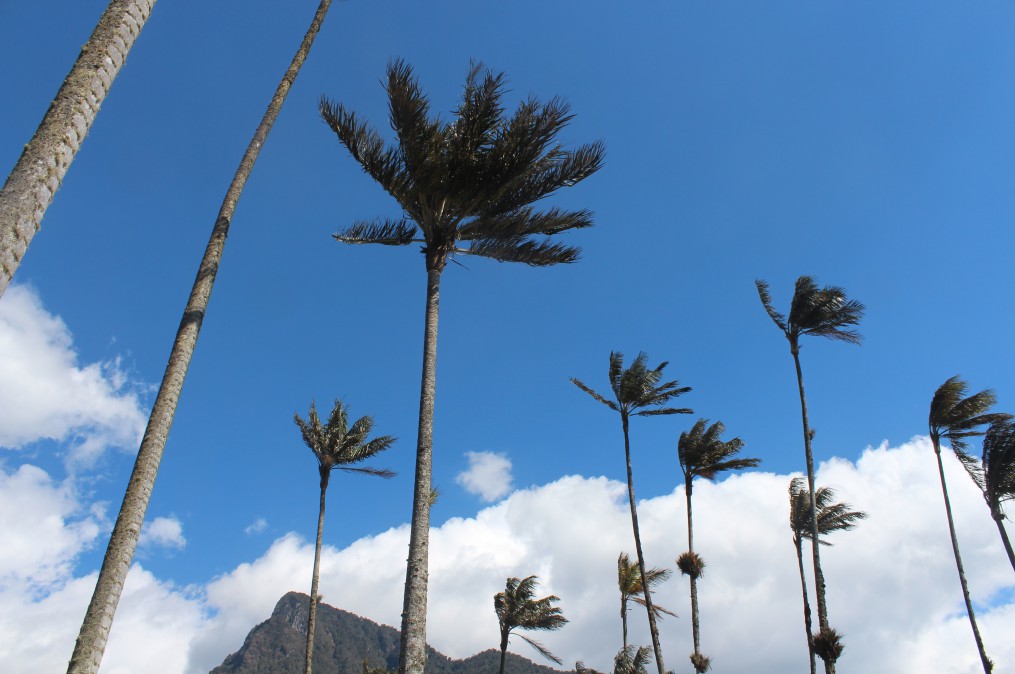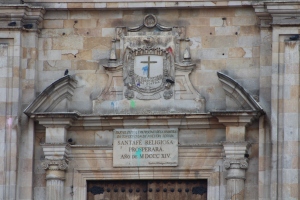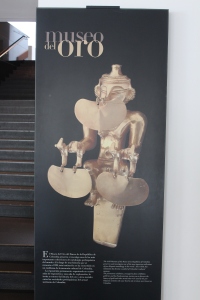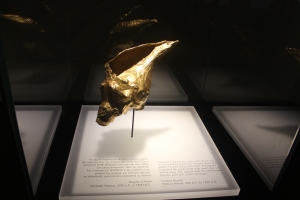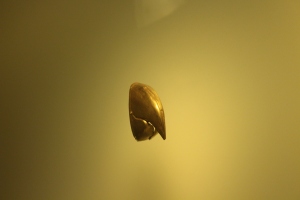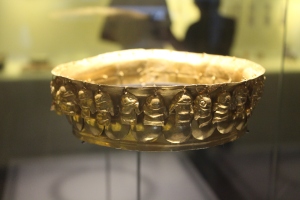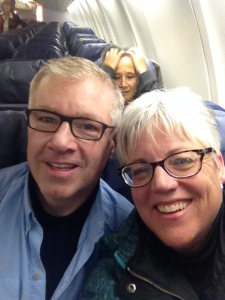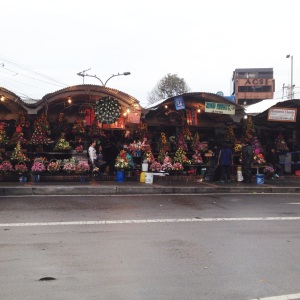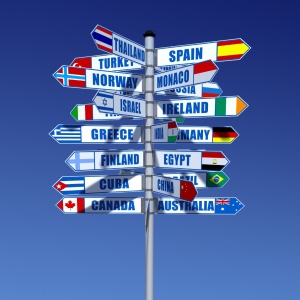We recently had the pleasure of having family from the US visit us here in Colombia. In addition to seeing some of the sights and sounds of Bogotá, we enjoyed a five-day visit to Zona Cafetera, or the coffee zone, specifically in the wonderful little colonial town of Salento. Zona Cafetera is Colombia’s principal coffee-growing zone. The region is shaped like an inverted triangle (hence the name ‘coffee triangle’ by some), with the cities of Armenia, Manizales, and Pereira. The steep hillsides are covered with fincas (large farms) where you can learn about coffee production, participate in harvesting coffee ‘cherries’, and sample fresh gourmet coffee.
Colombia is world-renowned as a major producer of coffee that rivals the best in the world. Colombia has some 565,000 coffee farmers, who together produce 12 percent of the world’s coffee, second only to Brazil. The Coffea Arabica coffee plant grows best in well-drained soils at elevations of 2,500 to 4,000 feet, with a constant temperature between 59 and 82 degrees F, and a wet and dry season.
Salento was founded in 1842 and is the typical paisa town. It has the most complete Antioquian architecture of any small town in the region. Most buildings are awash in bright, harmonious color, especially Calle Real, the main street. Here you can find an array of restaurants, hostels, souvenir shops, art galleries, quaint cafes, and ice cream shops. The best view of the town is from the top of Alto de la Cruz. It’s reached by a 240-step staircase at the north end of the main street. We were fortunate to have found a wonderful hostel, Casa de la Ciencia, owned and operated by Rubiela, a woman in her later years. She was kind enough to organize our guided hike in the Cocora Valley and secure our transportation to and from the airport in Armenia, which is an hour away.
Next, follow the Rio Quindío out of town into the Valle de Cocora, home to the Quindío wax palm, Colombia’s national tree, and a legally protected species. The wax palm is endemic to the country and grows primarily in this region at elevations above 6,560 feet. The tallest palm tree in the world soars to a height of up to 213 feet. It grows extremely slowly and can live up to 100 years. We enjoyed a six+ hour guided hike with Edison Garcia, of Andino Quindio Ecoturismo. The scenery was spectacular, and our guide was very knowledgeable, having spent the past 14 years leading hikes in the area. The Hummingbird Forest of Acaime was well worth the extra 5km off the main trail, and the hot chocolate con queso was a much-needed energy boost. From there, we made our way up a very steep trail to La Montana where the view was majestic and breathtaking, quite literally.
Zona Cafetera is convenient to reach from Bogotá, so we’re hoping to make it back there regularly. In the meantime, we have some wonderful memories and photos…we hope you enjoy viewing them as much as we had taking them!
